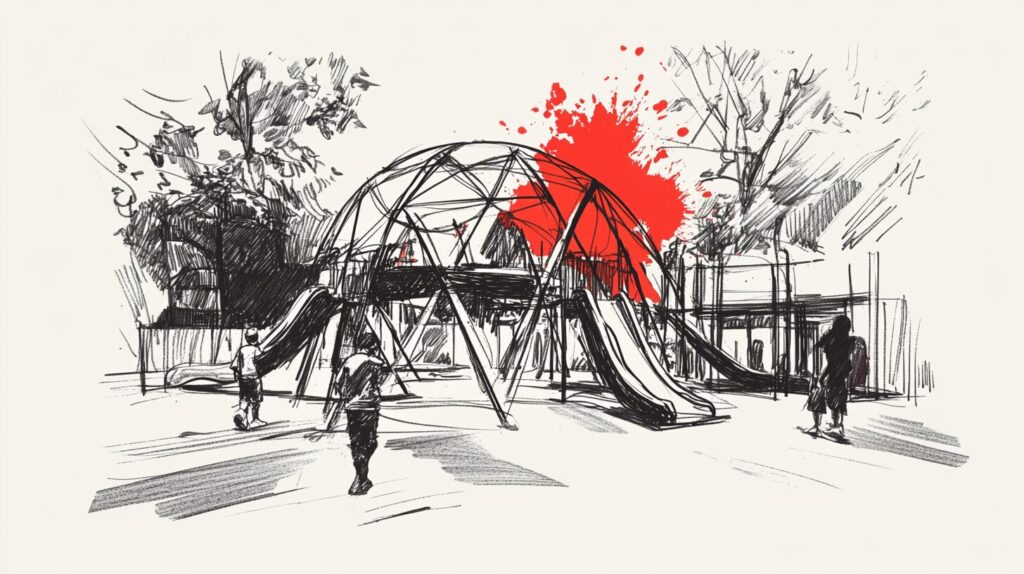We’ve all seen the stories: a kid in Thailand making millions reviewing toys on YouTube. It’s a shiny, enticing narrative. But let’s be honest—that’s not a plan; it’s a lottery ticket. And most of us aren’t winning that jackpot. Instead, what if we approached our businesses and projects differently? What if, instead of chasing fame or virality, we focused on building something smaller but infinitely more meaningful?
Whether you’re starting your first project at 20 or launching something new at 60, the magic lies in creating intentional, valuable connections. Here’s how you can rethink what it means to start and grow in a post-industrial, digitally connected world.
The Freedom of Picking Your Customers
One of the most empowering aspects of starting a business or project is the ability to choose your customers. Unlike having a boss dictating your every move, you get to decide who you want to serve. This freedom comes with responsibility: the customers you choose define your work and its outcomes.
So start by asking:
- How much do I need to make? Is your goal to learn, earn, or both?
- Who needs what I’m offering so badly they’ll gladly pay for it?
Here’s where the internet often trips us up. Many people think, If I can just “go viral” and steal the attention of a million random people, it’ll be easy to convince some of them to give me $2, and that’s the game, and I can win that game. The problem?
- Getting a million people’s attention is nearly impossible. Attention is fragmented across countless platforms, with people bombarded by thousands of messages daily. Viral success is unpredictable and often fleeting, driven by algorithms that prioritize rage and trends over substance.
- Even if you do, most of them won’t stick around. Viral audiences often lack personal connection or investment. They’re typically passive observers, not loyal customers, making it hard to convert fleeting interest into meaningful engagement.
Instead of chasing huge numbers, focus on the smallest viable audience—a small group of people who truly need and value what you bring to the table. Think of it as planting a garden instead of hunting in the wild. With care and intention, your garden grows, providing ongoing value for both you and your customers.
Connection Is An Unlock
In the industrial era, success was about scale: factories pumping out products for the masses. But today, we live in a networked world, where connection is king. Building community is a skill, one that’s harder to replicate or automate than manufacturing.
Imagine this:
- A virtual coworking space for 12 writers who need a quiet, connected place to work. You curate the group, manage the space, and charge $50 a month.
- A private Slack channel for babysitters in your zip code to share tips, job leads, and insights on which families treat them well.
Neither example requires huge numbers to succeed. What matters is creating a space where people feel seen and supported. When you connect the right people in the right way, magic happens.
Think of yourself as an architect designing a room. Your role isn’t to fill the room with as many people as possible but to create a space where the right people feel at home. That’s how connection becomes your superpower.
Start Small, Grow Meaningfully
Starting small doesn’t mean staying small—it means building a solid foundation. Think of your work as tending a garden, not broadcasting on a loudspeaker. A garden requires care, intention, and patience. You nurture your soil, plant seeds where they’ll thrive, and tend to the growth over time. Broadcasting, on the other hand, is loud and indiscriminate, hoping to catch anyone who happens to be passing by. While it may grab attention briefly, it rarely fosters lasting connections.
By serving a small, engaged audience, you’re building something much more enduring than fleeting noise. This kind of growth is organic and sustainable—like a garden that blossoms into an orchard, providing value for years to come. Focusing on depth over breadth creates loyalty, advocacy, and trust, which are the true fruits of meaningful work.
Practical Steps to Build Community
To create a meaningful community, ask yourself:
- Who are my people? What group of individuals shares a need or passion that you can serve?
- What do they need? Is it connection, information, or support?
- How can I help them connect? Use platforms that align with your comfort level and the group’s needs.
For example, let’s say you’re a paint professional and notice others in your industry feel isolated. You create a private Discord channel for painters to swap tips, showcase projects, and share leads on big contracts. At first, it’s small. Maybe just five people. But as word spreads, more join, and suddenly, you’ve built a thriving community of experts.
The goal isn’t perfection from the start. Think of your first attempt as a digital lemonade stand. Maybe your first group is messy or quiet. That’s okay. You’re learning what works and what doesn’t—how to invite people, how to keep them engaged, and how to build something worth staying for. Over time, you refine your approach and turn that stand into something truly special.
A Bigger Picture
The Attention Economy often pushes creators to chase virality, but the real opportunity lies in creating meaningful connections. These connections are the building blocks of trust, advocacy, and long-term success.
When you focus on serving a small, engaged audience, you’re not just building a business—you’re creating a ripple effect that extends far beyond your immediate circle. It’s not about how many people see you. It’s about how deeply you can impact the people who do.
A New Way Forward
As creators and entrepreneurs, we have the chance to shape how we connect with the world. In a time when mass attention feels shallow and fleeting, the real magic lies in going small, staying intentional, and building something meaningful. Whether you’re starting with a handful of people in a Slack room or nurturing a dozen writers in a virtual coworking space, the ripples you create can lead to something extraordinary. The question isn’t how big you can go, but how deeply you can connect.
Your Action Step: Take 30 minutes this week to brainstorm who your smallest viable audience could be. How can you connect them in a way that brings value to their lives? Start small, stay intentional, and watch as your idea grows into something meaningful.




